Avera to Develop Rail-Served Industrial Facility in Houston
The 143-acre Bayport Logistics Park will feature 7,000 feet of frontage on a Union Pacific rail line and will eventually comprise three or four buildings.
By Scott Baltic, Contributing Editor
Houston-based Avera Cos. will be developing a 143-acre industrial complex in Pasadena, Texas, Avera announced Tuesday. Bayport Logistics Park will feature 7,000 feet of frontage on a Union Pacific rail line and apparently is envisioned to eventually comprise three or four buildings.
The site, on the east side of Underwood Road just south of Fairmont Parkway, is within the Bayport Industrial District and is also only about 5 miles from both the Barbour’s Cut and Bayport container terminals.
The site also includes pipeline access and will allow for rail-served buildings between 200,000 and 900,000 square feet and non rail-served buildings of up to 1 million square feet.
“Prime industrial sites in the southeast submarket have become exceedingly difficult to find due to increasing scarcity, presenting a big challenge in a submarket with constant demand,” Trey Odom, president & CEO of Avera, said in a prepared statement.
Avera declined to provide additional information to Commercial Property Executive.
Bayport Logistics Park will be Avera’s second development in this part of metro Houston. Just north of the site is Avera’s Bayport Industrial Park, a three-building, 738,610-square-foot project currently under development.
Houston’s East-Southeast Far submarket has an inventory of about 58.7 million square feet and a current direct vacancy of 6.5 percent, according to a first-quarter report from Colliers International.
Nearly 40 percent of the 4.9 million square feet currently under construction in metro Houston is in that submarket, which is home to the Houston Ship Channel and the Port of Houston. The reason presumably is strong activity at the Port of Houston, which saw a 17 percent increase in container volumes in the first two months of 2017, when compared to the first two months of 2016, also according to Colliers.

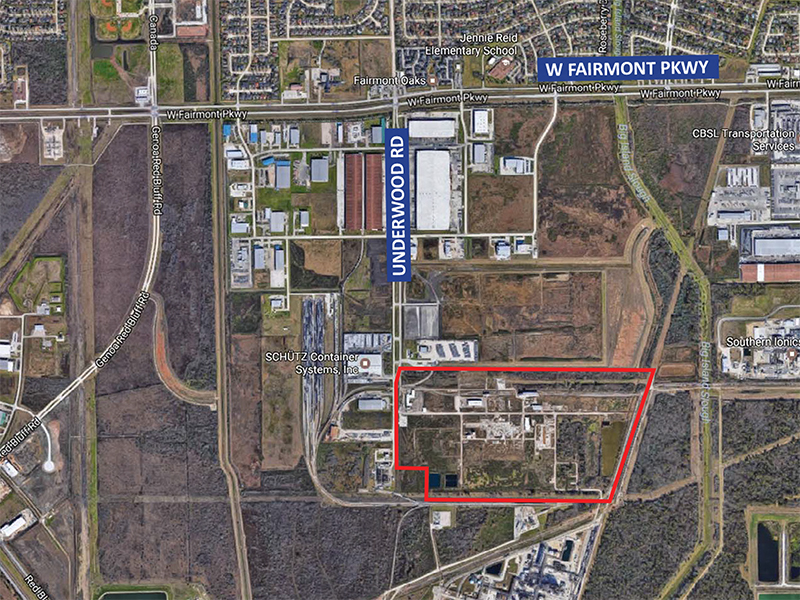

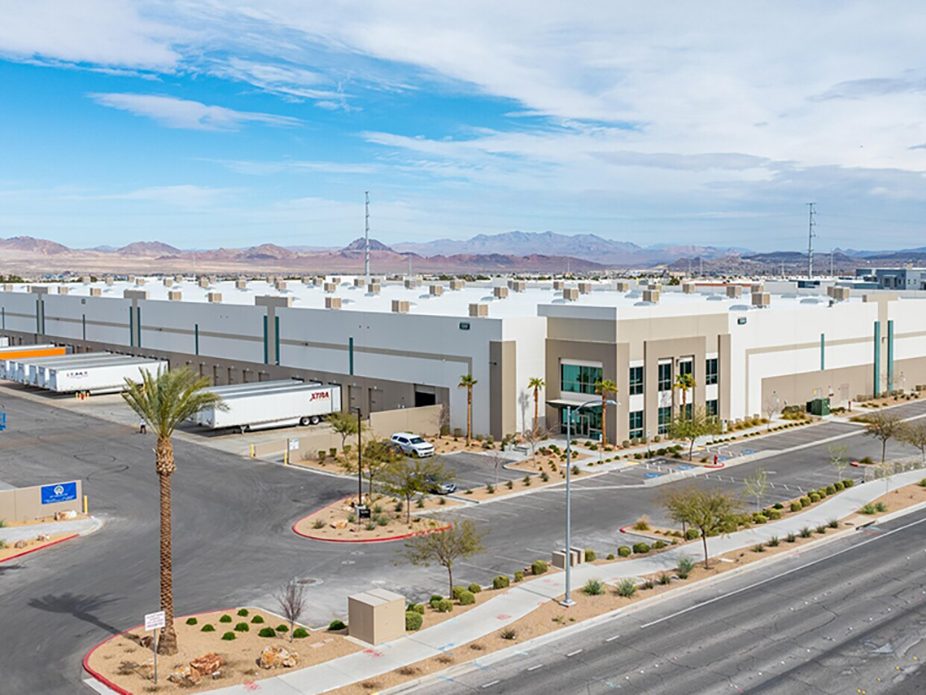
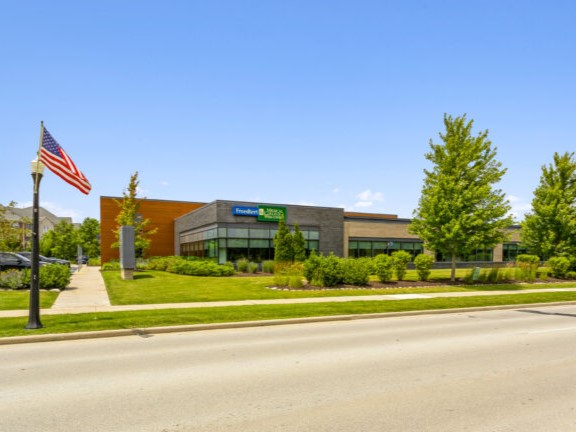
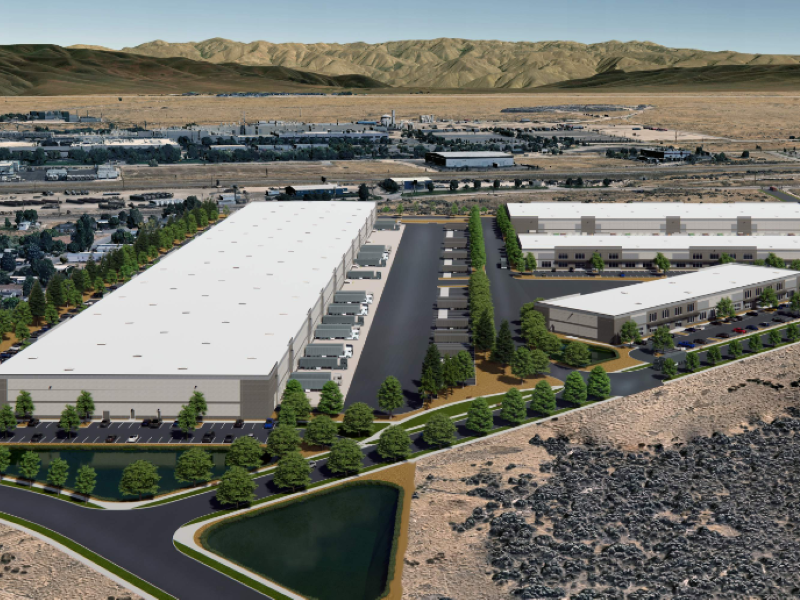
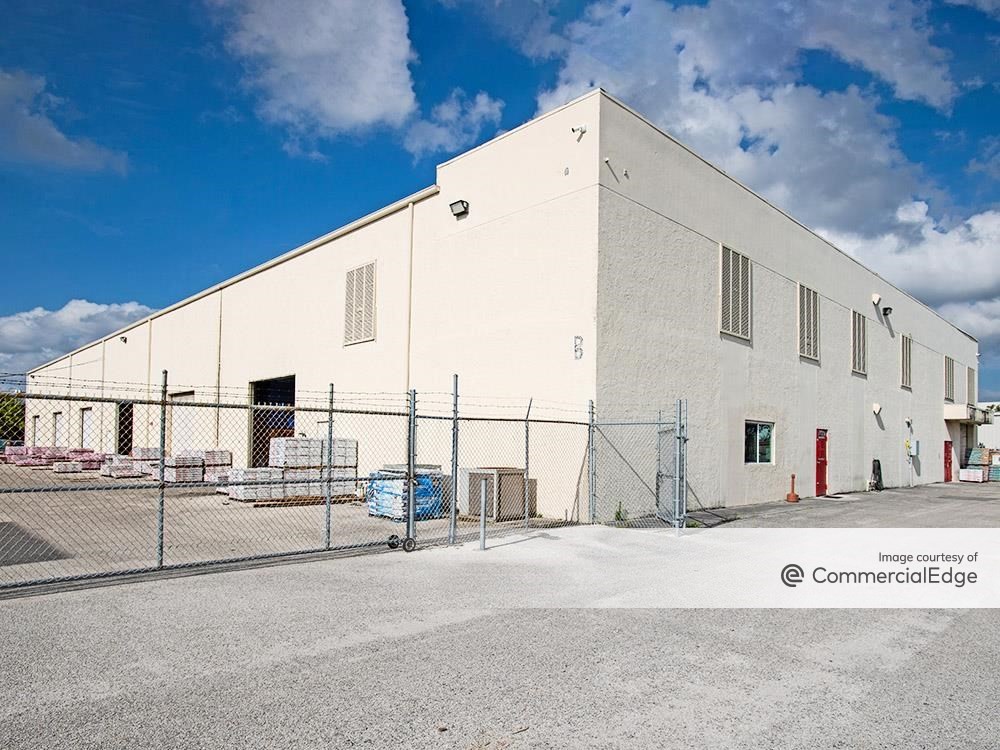
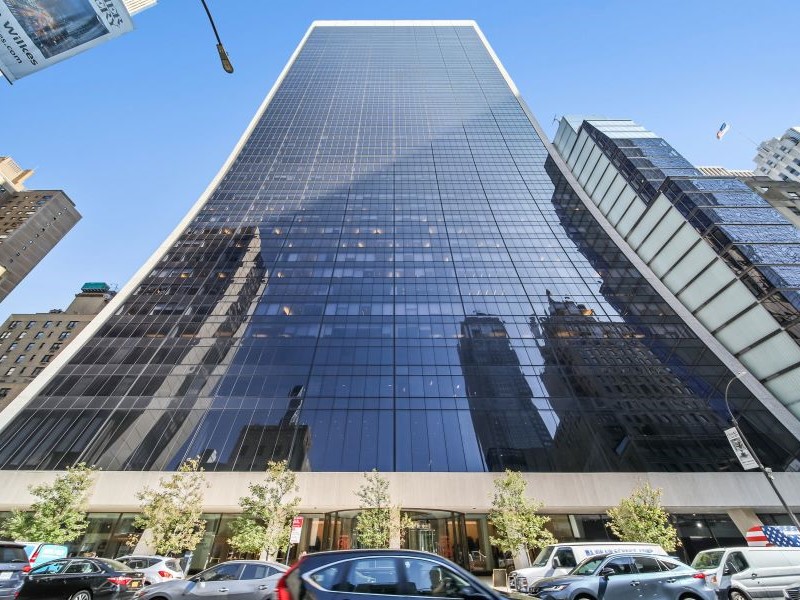
You must be logged in to post a comment.